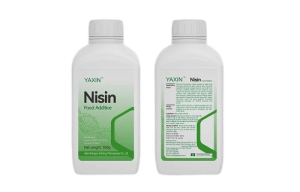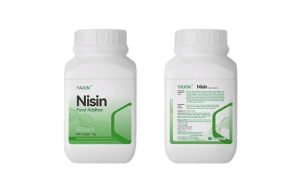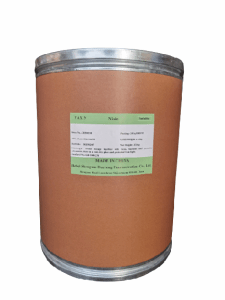
 CONTACT
CONTACT
- Linkman:Linda Yao
- Tel: +8618231198596
- Email:linda.yao@dcpharma.cn
- Linkman:CHARLES.WANG
- Department:Overseas
- Tel: 0086 0311-85537378 0086 0311-85539701
Buy High Quality ε-Polylysine Hydrochloride,Storage Conditions
TIME:2025-01-03The stability of ε-polylysine hydrochloride under various storage conditions is an important issue in the food industry. Below is a detailed analysis of its stability:
I. The Impact of Storage Conditions on the Stability of ε-Polylysine Hydrochloride
1. Temperature:
In general,ε-polylysine hydrochloride shows better stability at lower temperatures. High temperatures may cause structural changes, thereby affecting its antimicrobial activity. Studies show that ε-polylysine hydrochloride retains a certain degree of stability even under high-temperature conditions. For example, after heating at 80°C for 60 minutes or 120°C for 20 minutes, its antimicrobial activity remains largely unchanged. This indicates that it can withstand the heat treatment typically encountered during food processing.
2. Humidity:
Humidity also affects the stability of ε-polylysine hydrochloride. In high-humidity environments, it may absorb moisture more easily, leading to a decline in quality. Therefore, it is important to maintain a dry environment during storage to prevent ε-polylysine hydrochloride from becoming damp.
3. Light Exposure:
Light exposure is another critical factor influencing the stability of ε-polylysine hydrochloride. Prolonged exposure to strong light may cause photochemical reactions, reducing its antimicrobial effectiveness. Thus, direct sunlight should be avoided, and storage should take place in dark conditions.
4. pH Value:
ε-Polylysine hydrochloride is cationic in nature under acidic conditions (pH<7), which allows it to adhere to and absorb substances. This characteristic may influence its stability in environments with varying pH levels. Generally, within the appropriate pH range (such as the typical pH range in foods), ε-polylysine hydrochloride maintains good stability.
II. Recommended Storage Conditions
To ensure the stability and antimicrobial efficacy of ε-polylysine hydrochloride, the following storage conditions are recommended:
·Temperature: Store in a cool, dry place, avoiding high-temperature environments. Specific temperature ranges should be adjusted according to product specifications or relevant standards.
·Humidity: Keep the storage environment dry to prevent moisture absorption by ε-polylysine hydrochloride.
·Light Exposure: Store in dark conditions, avoiding direct sunlight.
·pH Value: Store within the suitable pH range to ensure stability and antimicrobial effectiveness.
III. Practical Application Considerations
In practical applications, besides paying attention to storage conditions, it is also important to consider the compatibility of ε-polylysine hydrochloride with other food additives and factors like usage concentration. These factors can influence its stability and antimicrobial performance in food.
The stability of ε-polylysine hydrochloride under different storage conditions is affected by multiple factors. To ensure its stability and antimicrobial effectiveness, it is crucial to strictly adhere to relevant standards and regulations during storage and usage.
- Tel:+8618231198596
- Whatsapp:18231198596
- Chat With Skype







